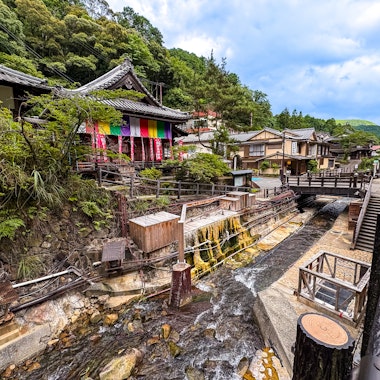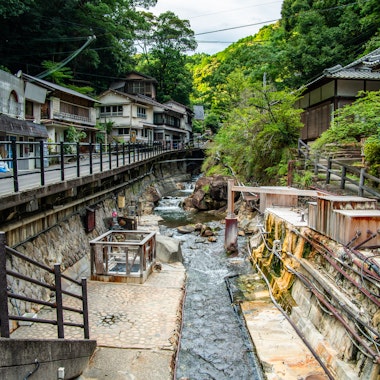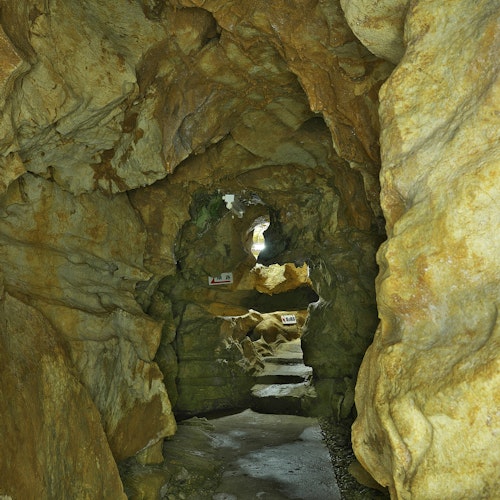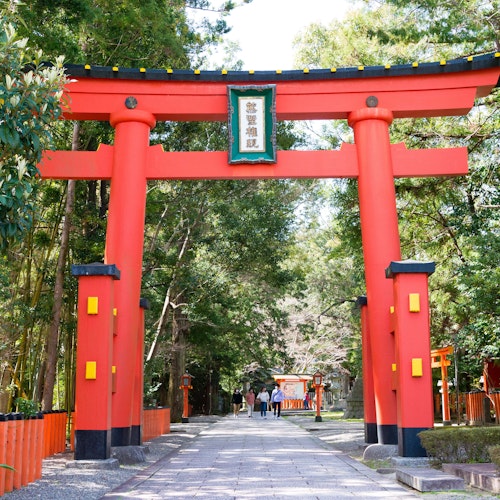


Yunomine Onsen was discovered about 1,800 years ago, and it is thought to be one of the oldest hot springs in Japan. Legend has it that water from a statue of Yakushi Nyorai was found there 1,800 years ago. This remote mountain village in Wakayama Prefecture holds exceptional cultural and spiritual significance as an integral part of the Kumano Kodo pilgrimage tradition. For over 1000 years, pilgrims performed hot water purification rituals in these piping-hot mineral waters after their long journey in preparation to worship at Kumano Hongu Taisha.
The village's most remarkable feature is Tsuboyu, renowned for being the oldest hot spring in Japan and the only UNESCO World Heritage Site where you can enjoy full-body hot spring bathing. This tiny stone bath accommodates approximately two adults and represents the world's first public hot spring to receive World Heritage status. The waters here are said to change color seven times over the course of a day. Beyond its historical importance, the mineral-rich waters are celebrated for their therapeutic properties, particularly as a beauty-enhancing bath.
Visitors can experience both the famous Tsuboyu and the larger public baths at Yunomine Onsen. Tsuboyu tickets cost 800 yen per person for 30 minutes of use by up to two people, purchased from a vending machine near the public bath. The experience operates on a first-come, first-served basis without reservations. A unique local tradition involves cooking eggs and vegetables in the natural 90-degree Celsius hot spring water at the cooking area near the village center, where eggs take 12 minutes and sweet potatoes require at least 45 minutes.
The village offers traditional ryokan accommodations where guests can enjoy kaiseki meals and private family baths. Multiple establishments provide direct access to the natural spring waters that flow from their source, allowing visitors to experience authentic Japanese hot spring culture in an intimate mountain setting.
Daily buses travel to Yunomine Onsen from Tanabe, Shingu and Gojo, with regular services from Kii-Tanabe and Shirahama. The village is located a short drive from Kumano Hongu Taisha shrine and serves as an accessible stop along the UNESCO-listed Kumano Kodo pilgrimage routes. The narrow mountain valley setting provides a secluded atmosphere ideal for travelers seeking both cultural immersion and relaxation in Japan's most historically significant hot spring destination.


